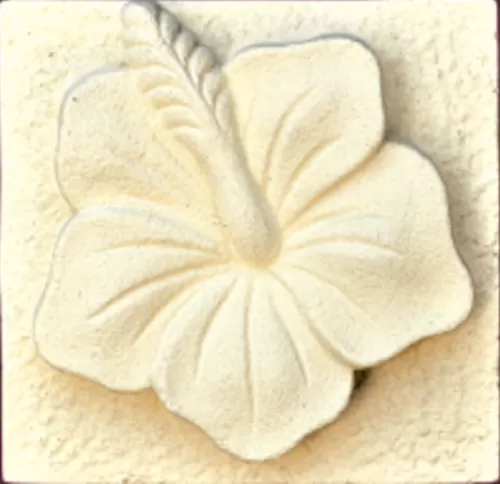The Ultimate Guide to Using Akadama as a Growing Medium
1. What is Akadama?
Akadama is a type of volcanic clay soil found in Japan, commonly used in bonsai cultivation and horticulture. It is highly prized for its unique properties that provide excellent drainage, aeration, and moisture retention, making it an ideal growing medium for a variety of plants.
2. Benefits of Using Akadama as a Growing Medium
Superior Drainage: Akadama's granular structure allows for excellent drainage, preventing water from pooling around the roots and reducing the risk of root rot. This is especially beneficial for plants that require well-drained soil, such as bonsai and succulents.
Enhanced Aeration: The porous nature of Akadama improves soil aeration, allowing oxygen to reach the plant roots more effectively. This promotes healthy root growth and overall plant vitality.
Moisture Retention: Despite its excellent drainage properties, Akadama can retain sufficient moisture, ensuring that plants have access to water during dry periods. This balance is crucial for maintaining healthy plants.
pH Neutral: Akadama is pH neutral, making it suitable for a wide range of plants. Its neutral pH ensures that nutrients are readily available for plant uptake, promoting optimal growth and development.
Longevity: Akadama is durable and can maintain its structure for several years, making it a cost-effective and sustainable option for long-term use in gardening and bonsai cultivation.
3. How to Use Akadama in Gardening
Soil Amendment: Mix Akadama with your garden soil to improve its structure, drainage, and aeration. For general soil amendment, add about 10-20% Akadama to the soil. For plants that require excellent drainage, such as bonsai and succulents, increase the Akadama content to 30-50%.
Potting Mix: Create a well-draining potting mix by combining Akadama with other components like pumice, lava rock, and organic matter. A typical mix might include equal parts of Akadama, pumice, and lava rock to form a balanced growing medium.
Top Dressing: Use Akadama as a top dressing for potted plants and bonsai trees. It helps to retain moisture, provides a slow release of nutrients, and enhances the aesthetic appeal of your plants.
Bonsai Cultivation: Akadama is widely used in bonsai cultivation due to its ability to provide excellent drainage, aeration, and moisture retention. Mix Akadama with other soil components like pumice and lava rock to create a suitable bonsai soil mix.
Seed Starting: Mix Akadama with seed-starting mix to provide essential drainage and improve soil structure. Its moisture retention properties ensure good seed-to-soil contact and reduce the risk of damping-off disease.
4. Best Plants for Akadama
Bonsai Trees: Bonsai trees, such as junipers, maples, and pines, thrive in soil containing Akadama. Its excellent drainage and aeration properties support healthy root development and overall plant health.
Succulents: Succulents, including cacti and echeveria, benefit from the well-draining nature of Akadama. It prevents waterlogging and root rot, ensuring the plants remain healthy and vibrant.
Orchids: Orchids, particularly terrestrial varieties, can thrive in Akadama. Its porous structure ensures good drainage and aeration, promoting strong root growth and flowering.
Vegetables: Certain vegetables, such as tomatoes and peppers, can benefit from the improved drainage and aeration provided by Akadama. Mixing it with garden soil can enhance root development and increase yields.
5. Maintenance and Care
Watering Tips: Adjust your watering schedule when using Akadama, as its drainage properties mean soil dries out faster. Ensure thorough watering but avoid overwatering to prevent waterlogged roots.
Fertilization: While Akadama provides good drainage and aeration, regular fertilization is still important. Use a balanced, water-soluble fertilizer to ensure your plants receive all necessary nutrients.
Monitoring Soil Conditions: Regularly check soil moisture and structure. Akadama helps reduce compaction, but maintaining good soil structure is crucial for optimal plant growth.
22 Jul 2024















